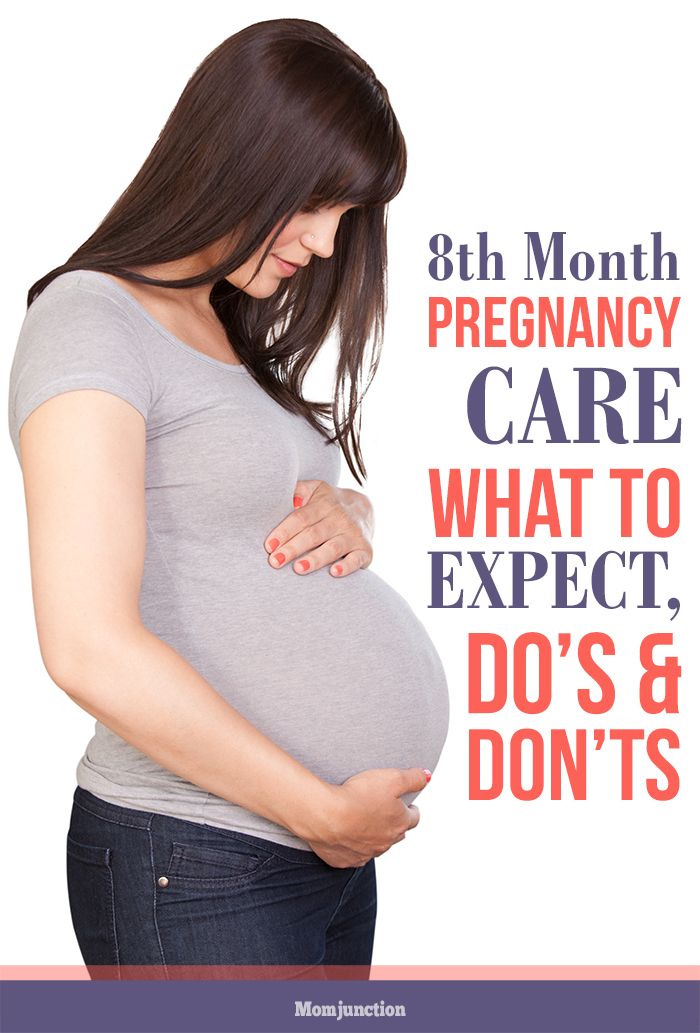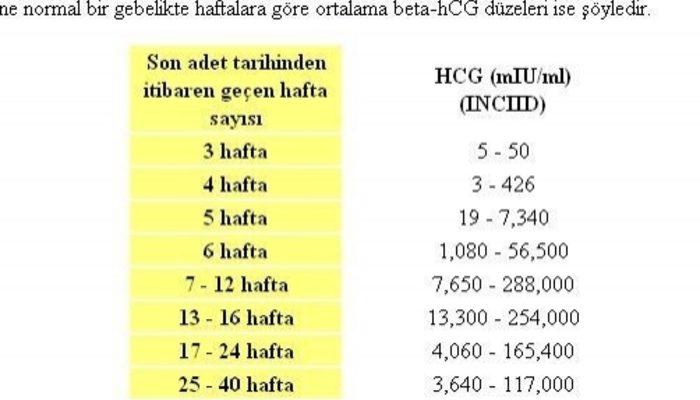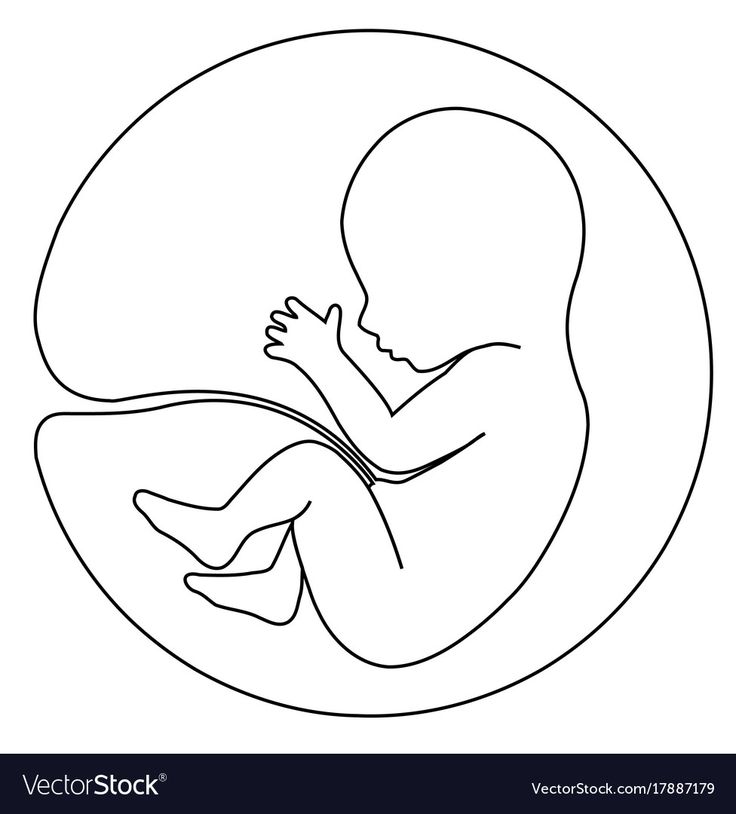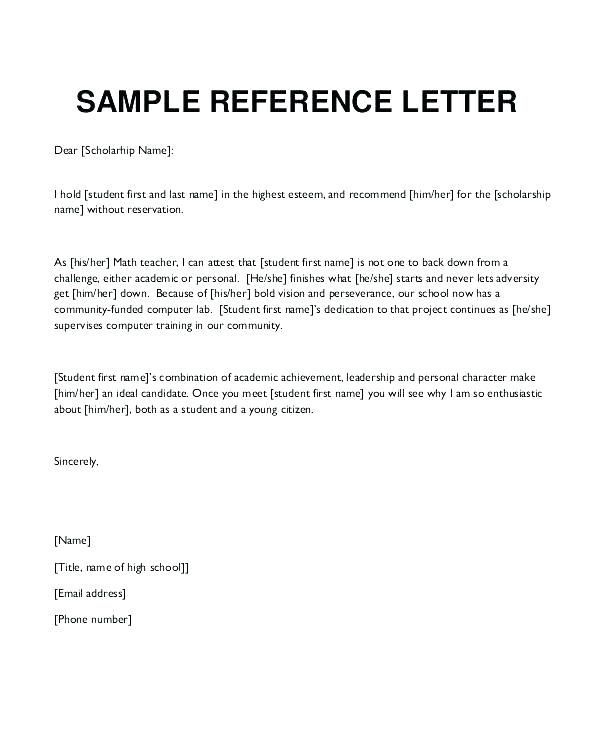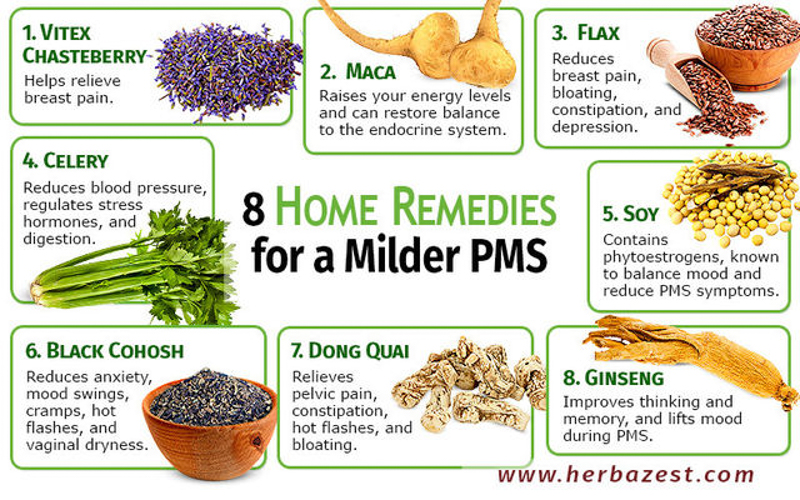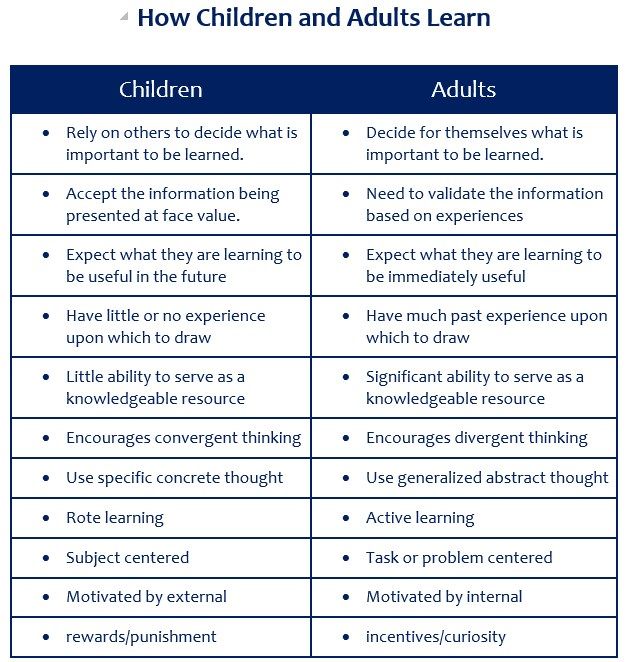Getting back into shape after baby
6 Ways To Get Back In Shape After Baby
Getting back in shape after baby doesn’t have to be stressful. In fact, exercising will make you feel good too—it’s been proven to help with postnatal depression. Here are six ways to bounce back.
- Start walking as soon as you can after giving birth (as long as your doctor gives you clearance). This will get your body moving and burning calories. Buy a fitness tracker and measure your daily activity then gradually start to increase your steps every week by 10 percent as you get stronger.
- Perform kegels and pelvic tilts as soon as one to two days after delivery, depending on what kind of delivery you have and as long as your doctor approves. This will increase the blood supply to the perineum and help speed up the recovery process. By exhaling and drawing in your belly (which activates the corset-like muscle called the transverse abdominals), you’ll get a strong foundation to get your abs back as your hips and abdominals start moving back together.
- Do basic crunches. Watch for a separation in your abdominals by placing your finger just above the belly button as you crunch. If you can get three or more fingers in between your abs you have diastisis recti (abdominal separation). If this is the case, it’s important that you try to draw the abs back together first before you start any strenuous abdominal work especially rotation. Try placing your hands either side of the separation and manually draw them together as you perform a basic crunch. This will re-train the abs back together in their natural alignment.” If the separation gets worse or does not get better consult with your doctor or a women’s health physical therapist.
- Breastfeed—as though you needed another reason, it’s a fast way to shrink the uterus back down to pre-pregnancy size. And, it burns up to 600 calories a day! The catch: you still need to watch your food portions, eat a well-balanced diet and exercise or else you migh fall in to the breast feeding diet trap and wonder why you’re not getting back to your pre-pregnancy weight!
- Get into strength training and small bursts of cardio.
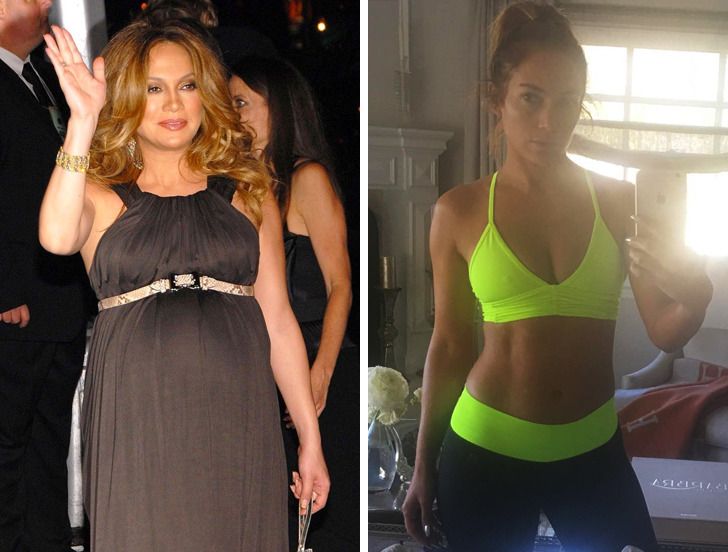 Not only is it time efficient for the busy mom, but it also increases your metabolism and burns the baby fat. Try doing some squats with shoulder raises and lunges with triceps extensions then shuffle from side to side for a minute to get the heart rate up. Directions: Lift your arms to shoulder height leading with your elbows with your palms facing downwards. Then gently lower the rams back to the side of the body. Bending your elbows close to the torso with your palms facing towards the body. Extend the elbows behind the body squeezing the top of the arms for that extra burn. Then bend the elbows back to start position. Doing this will challenge your body’s musculature and will help you lose the weight and tone the body back to its pre-pregnancy state.
Not only is it time efficient for the busy mom, but it also increases your metabolism and burns the baby fat. Try doing some squats with shoulder raises and lunges with triceps extensions then shuffle from side to side for a minute to get the heart rate up. Directions: Lift your arms to shoulder height leading with your elbows with your palms facing downwards. Then gently lower the rams back to the side of the body. Bending your elbows close to the torso with your palms facing towards the body. Extend the elbows behind the body squeezing the top of the arms for that extra burn. Then bend the elbows back to start position. Doing this will challenge your body’s musculature and will help you lose the weight and tone the body back to its pre-pregnancy state.
- Spice up your cardio by adding some hill intervals (short bursts of higher intensity drills) to work the glutes, hamstrings and quads. Try to finish your cardio (walking, hiking or gently jogging) with walking lunges and modified push-ups with the knees on the floor.

save article
Article saved.Go to My Saved Articles
Article removed.
Name added. View Your List
What Really Helps You Bounce Back After Pregnancy
Motherhood changes you inside and out. After having a baby, your clothing size, breast shape, hip width and even your shoe size might be different. These changes are evidence of the work your body has done. As you adjust to your new life with baby, it’s important to remember that your mind and emotions are also changing, so be sure to give yourself the support you need.
Ask for and Accept Help
Realizing you’re responsible for another human being can be scary. “New moms struggle with anxiety over a number of things, from fear of something happening to the baby to not making enough breastmilk,” says Shari Lawson, M.D., medical director of general obstetrics and gynecology at Johns Hopkins Bayview Medical Center. “Disrupted sleep and being overtired can amplify these feelings.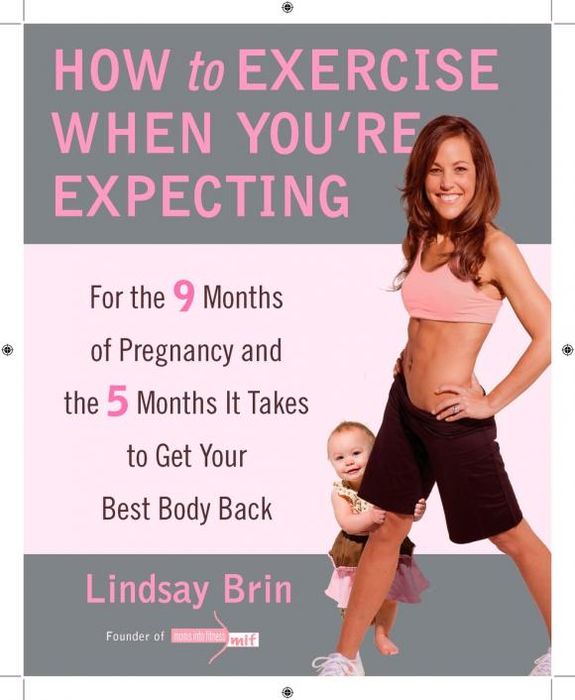 The best thing you can do is accept help from your partner, family and friends — even if they’re not doing things exactly the same way you do — and then rest and recharge while someone else is caring for your baby.”
The best thing you can do is accept help from your partner, family and friends — even if they’re not doing things exactly the same way you do — and then rest and recharge while someone else is caring for your baby.”
Reasonable Expectations About Losing Baby Weight
Beyoncé, Kim Kardashian and Serena Williams all showed off their slim postpartum bodies just months after giving birth. If they can get their pre-baby figures back in a snap, why can’t you? While it’s normal to be frustrated with your postpartum body (especially compared to what you see in magazines), it’s also important to put it in perspective. “It’s unrealistic to compare yourself to celebrities who have personal trainers and personal chefs,” says Lawson. “Your body changes over time; it takes a while to get close to your prepregnancy shape and size.” What’s reasonable? Expect to naturally lose some weight before your first postpartum doctor’s visit (usually around six to eight weeks after giving birth). After that, if you stayed within your doctor’s recommendation for pregnancy weight gain, it’s still normal to have 10 to 15 more pounds to lose in the months ahead.
Breastfeeding to Burn Calories
Breastfeeding your baby has so many benefits: It protects infants from illness, offers them perfectly balanced nutrition and lowers your risk of breast cancer and ovarian cancer. But you require energy (read: calories) to make breast milk. Nursing moms should eat an additional snack, such as a piece of fruit or a cup of yogurt, to get an extra 300 calories a day. Even with this additional food, breastfeeding will help you lose the baby weight as long as you’re eating a healthy diet and not overdoing it.
A Postpregnancy Workout with Core Strengthening Exercises
In addition to moderate cardio, a postpartum workout should focus on building up the muscles of your torso (which took a beating when you were pregnant). Every new mom can benefit from core strengthening. “The rectus abdominal muscles are stretched during pregnancy in a way that makes it impossible to exercise them during that time,” says Lawson. Some women also experience a separation of the abdominal wall muscles, which is called rectus abdominis diastasis. Exercises that target this condition can bring the muscles back together again.
Exercises that target this condition can bring the muscles back together again.
Prenatal Vitamins, Because Your Body Still Needs the Nutrients
Don’t shelve your prenatal vitamins just yet. Keep taking them, especially if you’re breastfeeding. You need to restore the nutrients you may have lost during pregnancy, and support your body while it’s producing breast milk, says Lawson. Your doctor may also recommend you take an iron supplement and vitamin C (to help with the absorption of iron).
Kegels to Strengthen Weakened Pelvic Floor Muscles
The changes in your body that you can see might be causing you some stress, but hidden changes can be anxiety-producing as well. After delivery, it’s relatively common to have some bladder leakage caused by prolonged pushing or a forceps- or vacuum-assisted childbirth. This is usually temporary. “Typically, you’ll see improvement over several weeks to months as you heal,” Lawson says. Performing Kegel exercises can help strengthen your pelvic floor muscles so you can regain bladder control more quickly.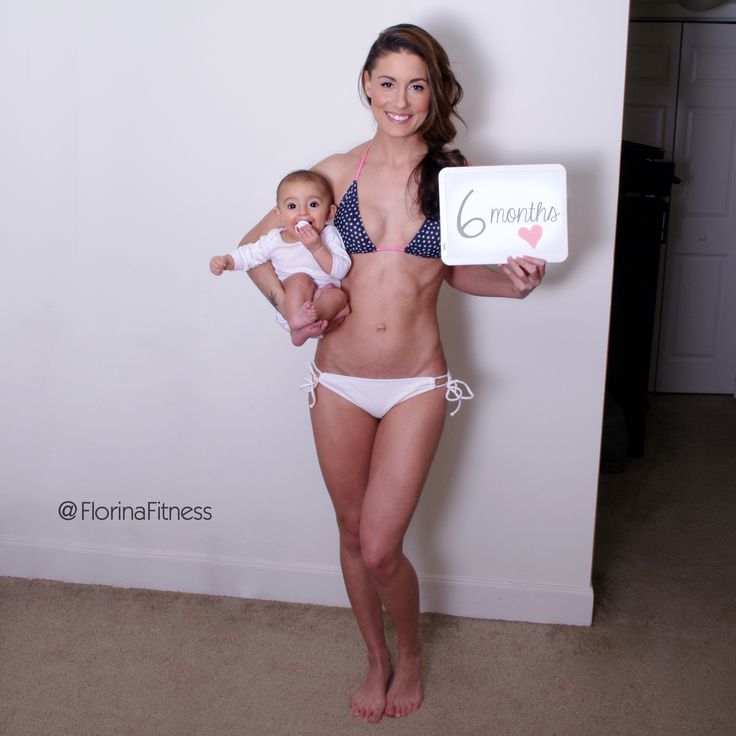 If leakage is really bothering you, ask your gynecologist if seeing a pelvic health therapist would be of benefit.
If leakage is really bothering you, ask your gynecologist if seeing a pelvic health therapist would be of benefit.
Retinol to Minimize Stretch Marks
Slathering on creams and oils to prevent stretch marks during pregnancy is always your best bet. But you still may develop deep purplish or pink lines. If you’re worried about permanent scarring, there’s good news: Retinoid creams derived from vitamin A can minimize the appearance of new stretch marks — any that are less than a few months old. This is something you need to move on quickly, though. Once the marks have faded to white, it’s too late for the retinoid cream to work.
Resuming Your Sex Life
The elastic walls of the vagina stretch quite a bit during childbirth, but they do spring back into place. So you can resume sexual intercourse when you feel ready and have gotten the go-ahead from your doctor. If you’re breastfeeding, you may experience less lubrication because nursing causes your body to produce less estrogen.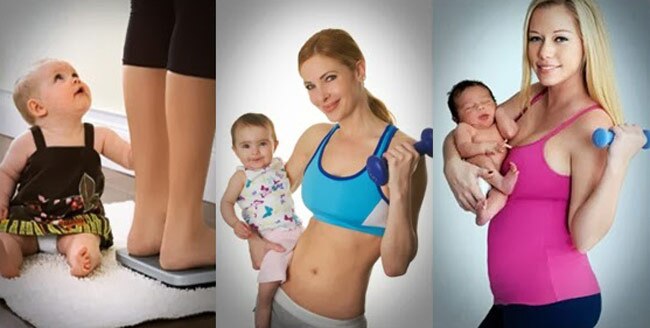 Having a vaginal lubricant available can help if you feel discomfort.
Having a vaginal lubricant available can help if you feel discomfort.
Acceptance of Your New Life
You helped create another human being and might still be providing sustenance for your baby. Recognizing the physical changes as a part of an amazing time in your life is an important part of respecting the new you. It’s also normal to go through some emotional ups and downs as you adjust to parenthood. The responsibilities that come with keeping a tiny person alive — frequent feedings, night wakings and dealing with poop-splosions — can be overwhelming. “It’s natural to feel tired, let down, frustrated or sad in the days following childbirth as your hormone levels fluctuate,” Lawson says. “Life after a new baby is not going to be the same. There is a steep learning curve in parenthood, but your new life will be filled with thrills and wonderful memories.”
Sign Up for Our Free Newsletter
One of the best things you can do to protect and improve your health is to stay informed. Your Health is a FREE e-newsletter that serves as your smart, simple connection to the world-class expertise of Johns Hopkins.
Your Health is a FREE e-newsletter that serves as your smart, simple connection to the world-class expertise of Johns Hopkins.
Sign Up
Form after childbirth and quick recovery of the figure
Being a mother, looking great and developing professionally is a successful reality for a modern woman. After childbirth, you can restore shape if you do it with a careful and respectful attitude towards your body. Hiitworks coach Marina Sinkevich helped me figure out how to properly return to training after the birth of a child.
Recovery of the body after pregnancy and childbirth: where to start?
When and how to begin to restore the figure depends on how the pregnancy and childbirth proceeded. How was your health during pregnancy? Was the birth natural or caesarean? How do you feel after having a baby? Are you breastfeeding? These are just a few of the questions that are important to answer before developing a training program.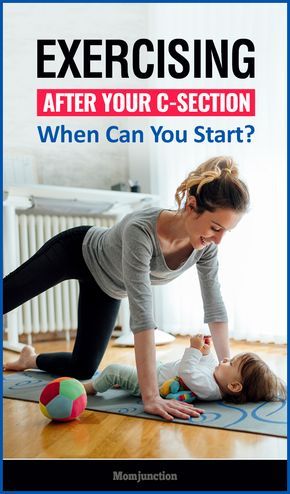 The exact recommendation when to start physical activity can only be given by the attending physician. nine0003
The exact recommendation when to start physical activity can only be given by the attending physician. nine0003
You need to start restoring your figure not with training in the gym, but with breathing practices, joint gymnastics and the famous 10,000 steps on a walk, during which you follow an even posture. After the recommendation of the doctor, you can go to the gym and contact the coach.
A competent coach will begin the recovery process with a fitness test. This is a diagnostic, where he will measure your volume and body composition, ask questions about your health and lifestyle, and test how you move. A movement test will help you understand which muscles have weakened, what to focus on, and which exercises should be excluded so as not to harm. nine0003
How to get back in shape: general advice
- Time and patience to get back in shape after childbirth without harm. You can understand a woman who seeks to quickly remove her stomach and give a toned breast shape after pregnancy.
 But too intense records for the sake of a figure can harm your health. It is important to remember that the pregnancy lasted 9 months, and all this time the body changed. It also takes time to get back in shape.
But too intense records for the sake of a figure can harm your health. It is important to remember that the pregnancy lasted 9 months, and all this time the body changed. It also takes time to get back in shape. - Strengthening the body from the inside to get in shape harmoniously. You need to start by strengthening the muscles of the pelvic floor and strengthening the muscles of the core. The core is not just the muscles of the press, but a group of muscles of the abdomen, back, buttocks and thighs. These are the muscles that form the inner corset and help keep your posture straight. Moreover, you can start strengthening the core after pregnancy even without active training - with the help of breathing practices, and then gradually add exercises. nine0018
- Focus on recovery, not weight loss. After childbirth, there is a risk of getting carried away with working on the figure and forgetting about the main goal - recovery. If you get hung up on the scales, strive to lose weight as soon as possible, get carried away with diets and complex workouts, then the body will not be able to recover.
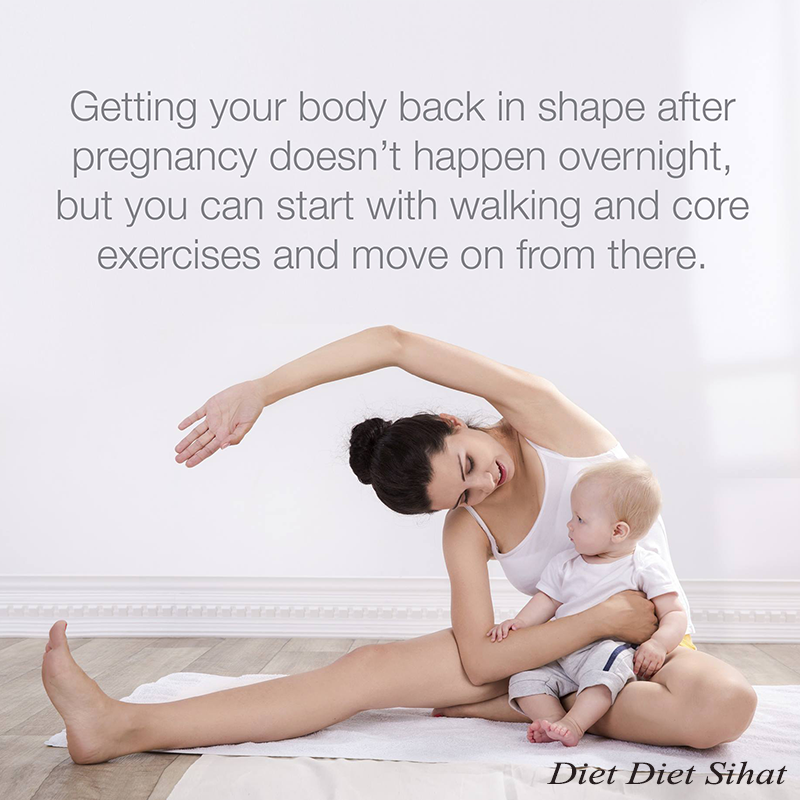 It is important to act gradually and with pleasure. So that physical activity, nutrition and daily routine help not only restore the figure, but also improve the emotional state.
It is important to act gradually and with pleasure. So that physical activity, nutrition and daily routine help not only restore the figure, but also improve the emotional state.
Physical activity after childbirth
Training helps to solve problems with the figure, apathy, hormonal levels and many other difficulties that a woman may face after giving birth. When you need to devote a lot of time to the child and everyday issues, it is worth carving out some time to play sports. Classes will help you escape from everyday life and feel like a healthy and beautiful mother.
What physical activity is recommended for a good figure after pregnancy?
So, how to get in shape? It is best to start with recovery classes: yoga, stretching, myofascial release and breathing practices. Then you can gradually add strength exercises with your own weight and TRX loops, easy jogging, swimming. It is important to monitor the sensations in the body during training and how you feel after training. nine0003
nine0003
Training should not exhaust, but help the body to restore the resource. Then the correction of the figure after childbirth will please. If the activities are exhausting, then this is a health risk, and long-term visual effects should not be expected either.
What physical activities should be avoided after childbirth?
There is a myth that breastfeeding and sports are incompatible. This is not true. You can run 7 kilometers, do weights, and lactation will not suffer in any way. Everything is individual. nine0003
But there are exercises that are potentially dangerous for women who are starting to recover from childbirth. Avoid activities that can put excessive stress on the joints, spine and rectus abdominis muscles:
- Strength training with a barbell.
- Jumping exercises.
- Crunches, leg raises and crunches.
In case of exhausting fatigue, severe creatine, dizziness, nausea, any kind of exercise should be stopped.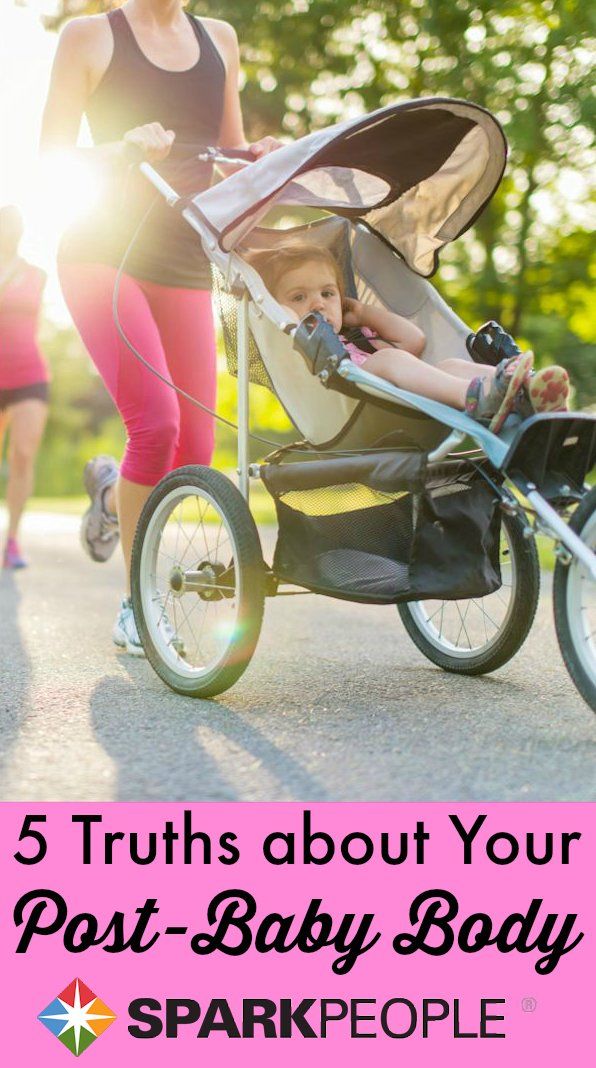 You can track whether the exercises give you the desired result at fitness testing, where the fitness club trainer will measure the volume and composition of the body. nine0003
You can track whether the exercises give you the desired result at fitness testing, where the fitness club trainer will measure the volume and composition of the body. nine0003
Proper and balanced nutrition
- Your figure depends on nutrition. It is important to ensure a balanced diet with enough proteins, healthy fats and complex carbohydrates:
Protein is the building block for a beautiful figure. It is also necessary for proper recovery. For example, protein is found in meat, fish, tofu. - Complex carbohydrates - saturate and give energy to the body. Found in whole grain cereals. Another type of healthy carbohydrate is fiber. It can be found, for example, in greens and fruit peels. nine0018
- Healthy fats - important for a good metabolism and normalization of cholesterol levels. Contained, for example, in unrefined oils.
In addition to nutrition and exercise, it is important to monitor sleep patterns and stress levels. After the birth of a child, a woman does not always have the opportunity to fully sleep and avoid stressful situations.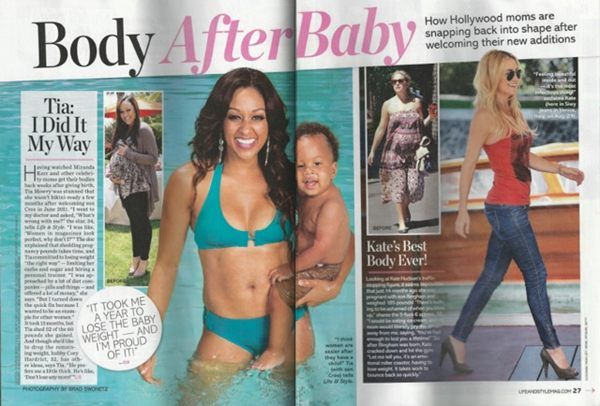 Recovery training, water procedures and breathing practices will come to the rescue, useful both for the figure and for emotional calm. The main thing is to keep the focus on recovery. Then the results will come naturally and with pleasure. Without painful thoughts about how to get in shape after childbirth. nine0003
Recovery training, water procedures and breathing practices will come to the rescue, useful both for the figure and for emotional calm. The main thing is to keep the focus on recovery. Then the results will come naturally and with pleasure. Without painful thoughts about how to get in shape after childbirth. nine0003
How to quickly get in shape after childbirth
November 17, 2019 Sports and fitness
When to start training and what exercises to do so as not to harm your health.
Iya Zorina
Author of Lifehacker, athlete, Candidate Master of Sports
Exercise after childbirth not only helps a woman recover her body faster, but also increases the feeling of well-being and raises energy levels. Exercising women are more likely to be in a good mood, less likely to experience anxiety and depression. nine0003
2 weeks after discharge
Tatyana Leonidovna Fedina
obstetrician-gynecologist of the highest category
Light gymnastics can be performed two weeks after childbirth.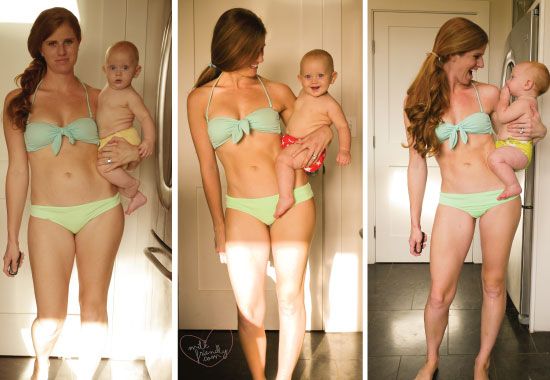 More intense physical exercise - not earlier than 6-8 weeks after childbirth or surgery. It is recommended to start full-fledged sports activities after surgery no earlier than 6 months later.
More intense physical exercise - not earlier than 6-8 weeks after childbirth or surgery. It is recommended to start full-fledged sports activities after surgery no earlier than 6 months later.
Jessie Mundell, prenatal and postnatal training expert, trainer and kinesiologist, offers three exercises to help you breathe properly and strengthen your core. nine0003
Consult your doctor before doing any exercise.
Breathing for the core muscles
During pregnancy, a woman's diaphragm shifts due to the growing fetus. In the later period, breathing completely becomes upper: the intercostal muscles work more. Due to the habit of such breathing, the work of the diaphragm is disrupted, which can adversely affect the functioning of the digestive and circulatory systems.
To restore proper breathing and strengthen the muscles of the core - the abdomen, back, pelvic floor and buttocks - do the breathing exercise. nine0003
- Lie on your back with your legs bent and feet flat on the floor.

- Place one hand on the belt and the other hand on the lower abdomen.
- Inhale. Hands should feel how the stomach is inflated. The pelvic floor muscles relax at this point.
- As you exhale, you completely push the air out of your abdomen while simultaneously drawing in your pelvic floor muscles.
- Do two sets of 10 breaths each day.
You can also do this exercise sitting or standing. In any case, the spine should be in a natural position: without stoop and excessive deflection in the lower back. nine0003
Single Knee Hip Flexor Stretch
This exercise develops stability, opens the chest, and helps restore proper diaphragmatic breathing.
- Lunge forward and get on one knee. The angle at both knees is 90 degrees.
- Divide your weight between both feet or shift slightly to the one behind.
- Tighten your buttocks to feel the muscles in the front of your thigh.
- Raise your hand from the side of your knee that is on the floor, stretch your fingers towards the ceiling.
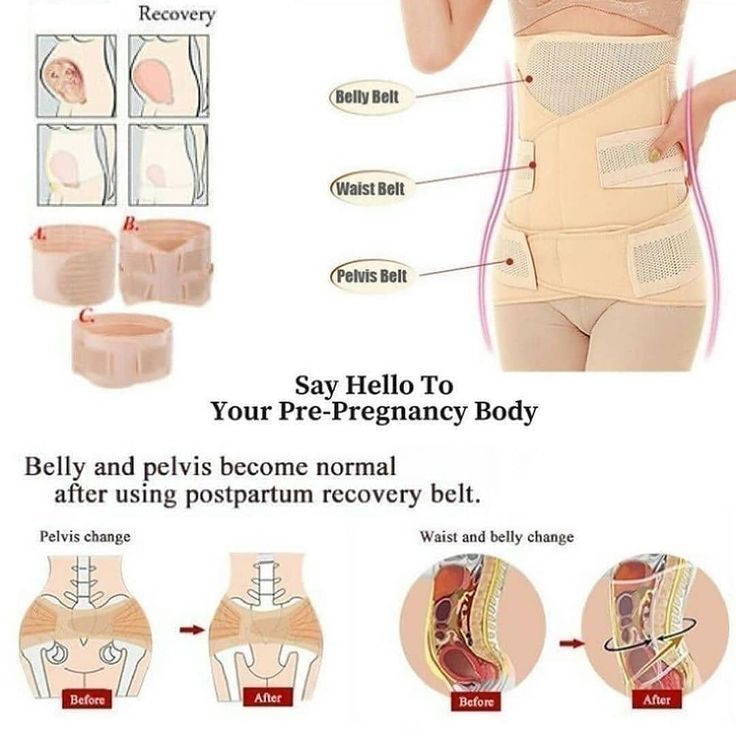 nine0018
nine0018 - Lean to the side towards your front leg.
- Change legs and repeat.
- Do two sets of 6-8 reps per side daily.
Air Squat
This exercise will help maintain hip mobility, increase core strength, and synchronize movement with breathing.
- Stand straight, feet slightly wider than shoulder width, toes turned outward, arms folded in front of you. nine0018
- Inhale, push your hips back as if you were going to sit on a chair, and squat until your hips are parallel to the floor.
- Sit firmly in the middle without leaning on your right or left foot. At the bottom point, the knees should not go beyond the toes of the feet.
- Exhale as you rise from the squat, tensing your buttocks and the front of your thighs.
- Do two sets of 10 squats every day.
The following three exercises are taken from the Physiotherapy Association's postpartum recovery brochure. They will help you restore the tone of the muscles of the core, pelvic floor and hips, fight diastasis of pregnant women (divergence of the rectus abdominis muscle), reduce weight and waist circumference. Do them three times a day. nine0003
Do them three times a day. nine0003
Leg raise
- Lie on your back, bend your knees, place your feet flat on the floor, and place your arms along your body.
- As you exhale, tighten your pelvic floor muscles, press your lower back to the floor, and pull your thigh towards you as if you want to touch your knee to your chest. In this case, there should be no discomfort. Do the exercise in your natural range of motion.
- Hold the pose for 3-10 seconds, then return to the starting position and relax.
- Repeat three times for each leg. nine0018
Leg twists
- Lie on your back, bend your legs, put your feet on the floor.
- Exhale, draw in your stomach and turn your joined knees to the right.
- Return your knees to the starting position and relax.
- Exhale, draw in the stomach and repeat on the other side.
- Perform the exercise three times on each side.
Head raises
realsimple. com
com - Lie on your back, bend your knees and place your feet flat on the floor. nine0018
- Exhale, tighten your pelvic floor muscles, pull your stomach in.
- Raise your head and shoulders off the floor, hold the position for 3 seconds.
- As you inhale, lower your head and shoulders and relax completely.
- Repeat 10 times.
Walking
Walk with your child more often. Just walk, and do not sit on a bench while he sleeps in a stroller. Walking doesn't burn as many calories, but it doesn't tire you out either. For an hour of walking at a speed of 4 km / h, you can spend about 200 kcal. If you walk for an hour and a half in the morning and in the evening, you will have a deficit of 600 kcal per day. nine0003
If you start this habit, in a month you will be able to lose a kilogram of fat without any diets and for the benefit of the baby.
2 to 6 months postpartum
Now you can diversify your workouts with other exercises.
Water aerobics or relaxing swimming in the pool
After pregnancy, the arch of the foot often changes in women: it becomes flatter and loses cushioning. As a result, the risk of osteoporosis, bursitis and other joint problems increases. nine0003
If you had knee and back pain during pregnancy, it is advisable to reduce the stress on your joints after childbirth. So take a break from running, and instead try exercising in the pool.
Swimming and water aerobics are impact-free, so you lose calories, improve circulation, and exercise your muscles without harming your joints.
Bodyweight exercises
Do not buy a gym membership until six months after giving birth. Instead, try bodyweight exercises. In addition to the previous exercises, add the following. nine0003
Glute Bridge
This exercise targets the gluteal muscles and the back of the thighs.
- Lie on your back, knees bent, feet flat on the floor.
- While exhaling, lift the pelvis as high as possible, tighten the buttocks.
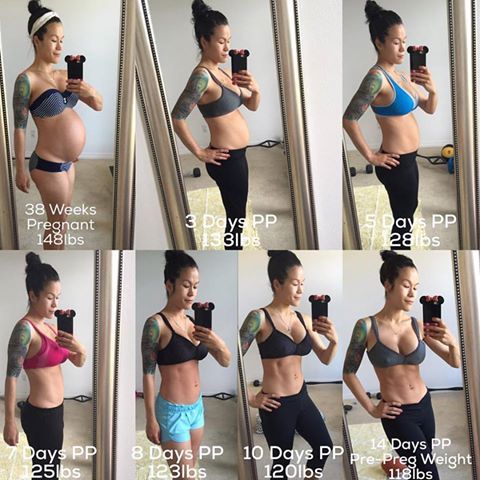
- Inhale as you lower yourself to the floor to the starting position.
- Do three sets of 15 reps every day.
Knee Push-ups
This exercise will strengthen your arms, shoulders and chest muscles.
- Get on your knees with your palms under your shoulders.
- Lower yourself, touch the floor with your chest and rise back up.
- Tighten your buttocks to avoid arching your lower back.
- Do two sets of 15 reps every day.
Lunges
A good exercise for pumping the hips. At the same time, it will help you regain a sense of balance.
- Lunge until your knee touches the floor.
- Make sure that the knee does not go beyond the toe and that the back remains straight. nine0018
- If you feel unstable, place your front foot slightly wider and turn your toes inward.
- Return to starting position and lunge with the other leg.
- Do two sets of 10 lunges on each leg.

From 6 months after childbirth
By this time the body has already recovered enough to try something more serious.
Running
Have a running session three times a week. Run at a "conversational pace" where you can easily carry on a conversation while you're active. nine0003
If you have a heart rate monitor, you can navigate by heart rate (HR). A research paper by Michelle F. Mottola from the University of Western Ontario recommends running at a heart rate of 70-85% of your maximum heart rate. Use these formulas to calculate.
To avoid spikes in your heart rate, start your workout with a warm-up and end with a cool-down. Your session will look like this:
- 5-10 minutes of brisk walking;
- 15 minutes of running at "conversation pace" or in your heart rate zone;
- 5-10 minutes walk as a cool down.
There are a few important points:
- Buy good running shoes to protect your knees from impact.
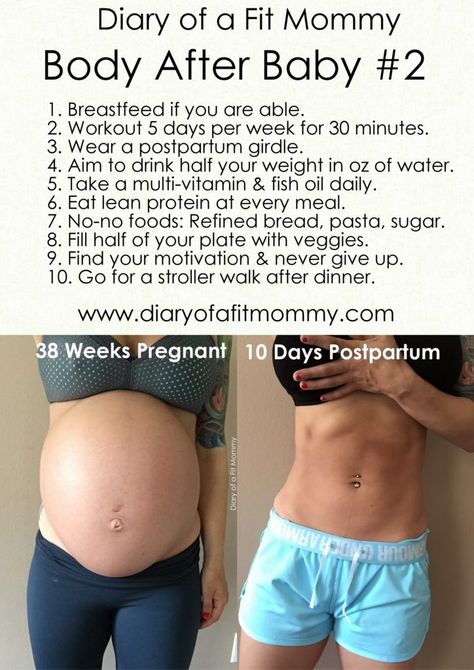 You should choose shoes with good cushioning and support for the arch of the foot. Read about running technique: it is very important.
You should choose shoes with good cushioning and support for the arch of the foot. Read about running technique: it is very important. - If you are breastfeeding, do not wear slimming sports bras. This can lead to milk stasis. It is better to choose a comfortable bra with good support and wide straps. nine0018
- Maintain adequate fluid levels in the body. Take water with you and drink, and don't ignore your thirst.
Strength training in the gym
In order not to overdo it and not hurt yourself, be sure to work out with an instructor.
The intensity of training is set by the coach, so the training should be carried out under his supervision.
Tatyana Fedina
Before choosing a trainer, ask about professional education and experience working with women in the postnatal period. nine0003
It is also important for breastfeeding women to maintain a low intensity of exercise and stay hydrated. Be sure to bring a bottle of water with you to your workout and drink whenever you feel thirsty.
